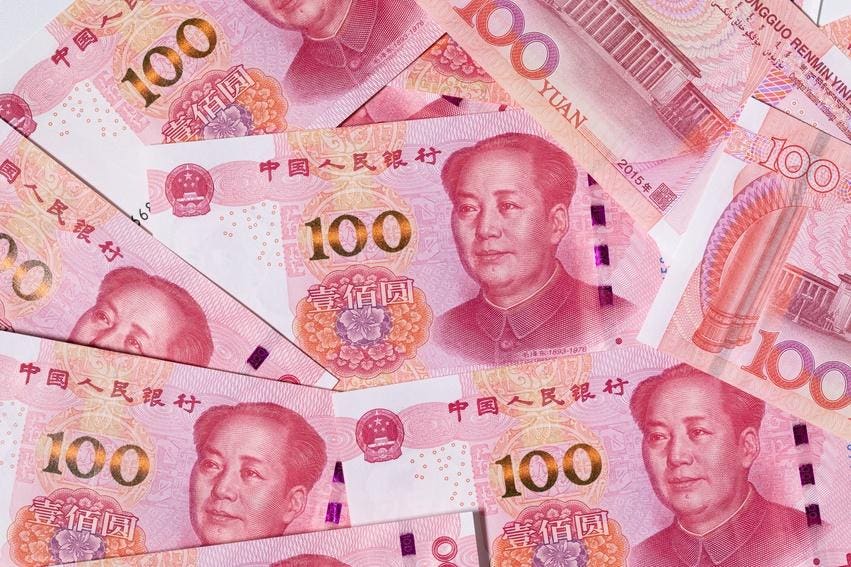In his wildest dreams, Chinese leader Xi Jinping and his designs on currency domination couldn’t have imagined a better foil than Donald Trump.
Since formally taking the reins in 2013, Xi has made yuan internationalization a top priority. The real push began in 2016, months before Trump’s first election victory. That was when Xi got the yuan included in the International Monetary Fund’s “special drawing rights” basket along with the dollar, euro, yen and pound.
The Trump 1.0 era from 2017 to 2021 was rough on the dollar. But like with many of Trump’s worst impulses, officials around him talked him out of some terrible ideas. They included firing the head of the Federal Reserve, devaluing the dollar and defaulting on U.S. debt.
Trump 2.0 is proving to have few such guardrails. Fed Chair Jerome Powell’s job is less safe than ever, while Trump’s tariffs — and their inflationary impacts — are upending bond markets everywhere. Erratic fiscal maneuvers already cost the U.S. its final AAA credit rating.
The sweeping “reciprocal tariffs” with which Trump has threatened friends and foes alike mark “another step in the process of diminishing the role of the dollar as a global reserve currency,” says Diana Choyleva, chief economist at Enodo Economics.
Choyleva notes that the dollar’s reserve-currency status is waning as Trump’s unpredictability collides with efforts by other countries to supplant it, particularly China. The increased popularity of digital currencies, stablecoins and international payment apps are also encroaching on old-economy currencies.
The real blow to trust in the dollar was the mini-panic in the U.S. Treasury market in April and May. Frantic selling by investors worried about the inflationary impact of tariffs sent yields sharply higher. The chaos quickly spread to overseas markets, including Japan and China.
It added momentum to China’s “actively trying to create a separate financial sphere of influence with the yuan at its center,” Choyleva says.
The idea that the dollar is on the outs is far from universal. Cornell University’s Eswar Prasad says China’s reluctance to make the yuan fully convertible limits Xi’s chances of internationalizing the currency.
“While China has indeed opened up its markets, nominally, both bond and equity markets, to international investors, the question is whether there is enough trust that the government has moved to durably lift the capital controls,” Prasad argues.
First, Prasad says, Beijing must build a more international capital markets framework, strengthen the rule of law and make the central bank independent.
“These are crucial for the trust of domestic and foreign investors,” Prasad says. “The U.S. is losing the strength of its institutional framework, but what is very important in international finance is that you don’t need to be the paragon of perfection. You just need to have a better combination, and the combination that the U.S. brings to the table is still very difficult to challenge.”
Still, Trump doesn’t have to make it so easy for Xi’s China. Even as Beijing drags its feet on financial reforms, the chaos surrounding Trump 2.0 is making the case, day after day, for an alternative to the dollar.
Many investors wonder if this is the euro’s moment. Others reckon the yen’s international role is poised to increase, particularly as investors rediscover Tokyo stocks. The prevalence of the “yen carry trade” is worth considering, too. Twenty-five years of holding rates at, or near, zero turned Japan into the globe’s top creditor nation. For decades, investment funds borrowed cheaply in yen to bet on higher-yielding assets around the globe.
Yet Xi’s China craves the reserve-currency title the most. Luckily for Xi, Trump World seems happy to cede that role to Beijing.
Editorial StandardsReprints & Permissions
